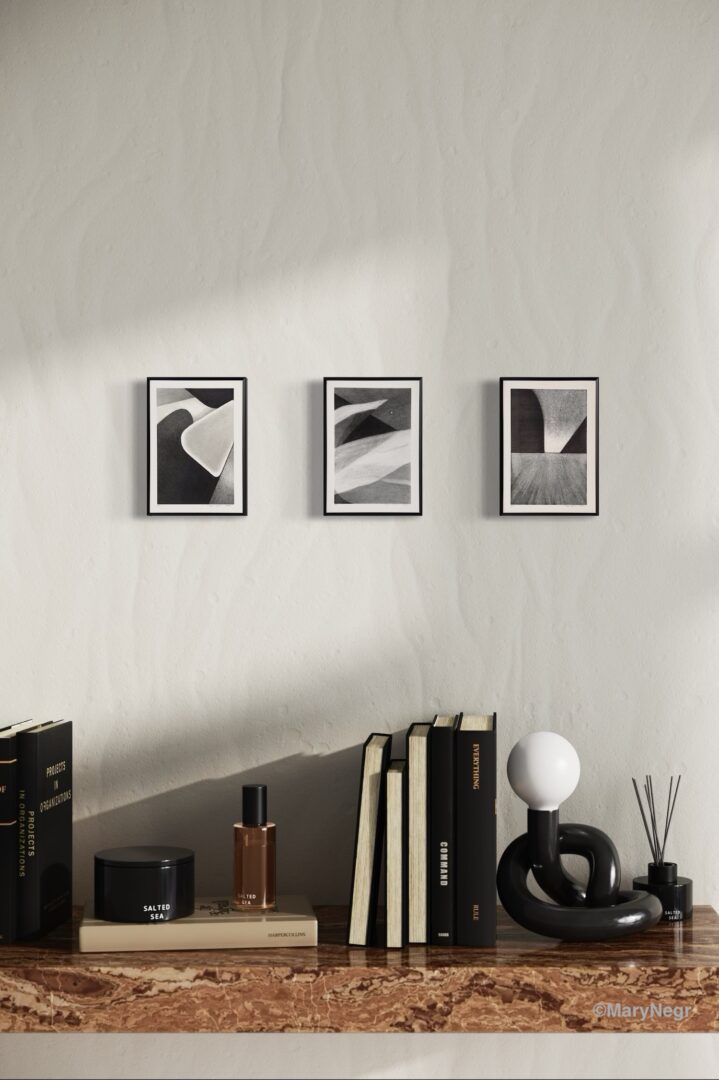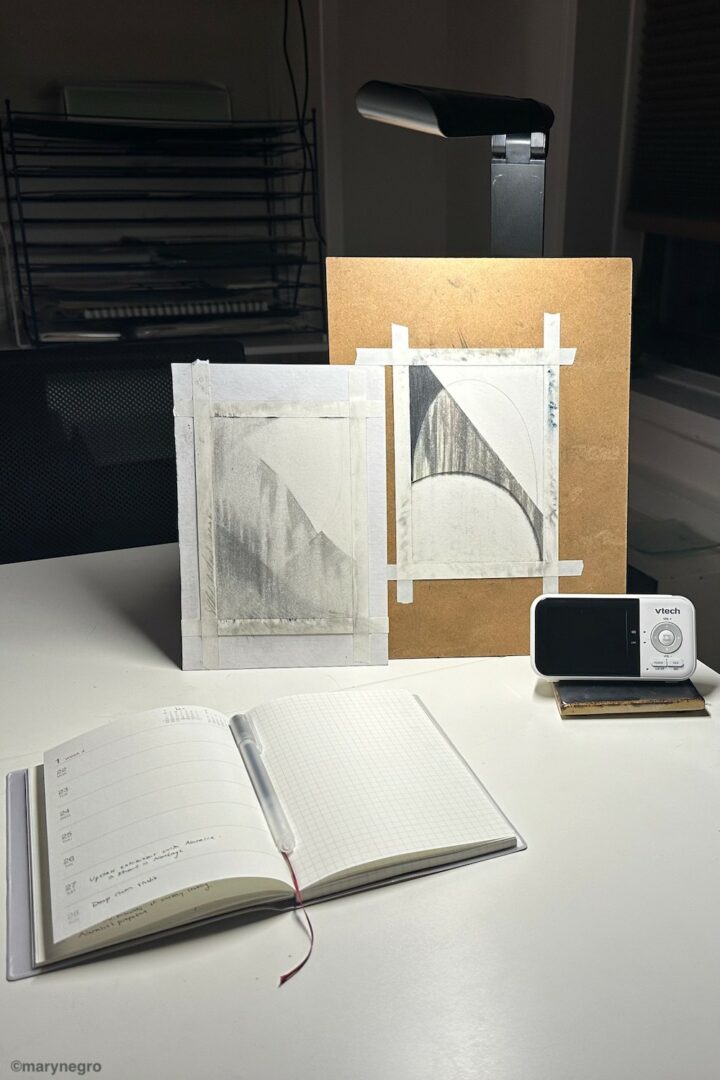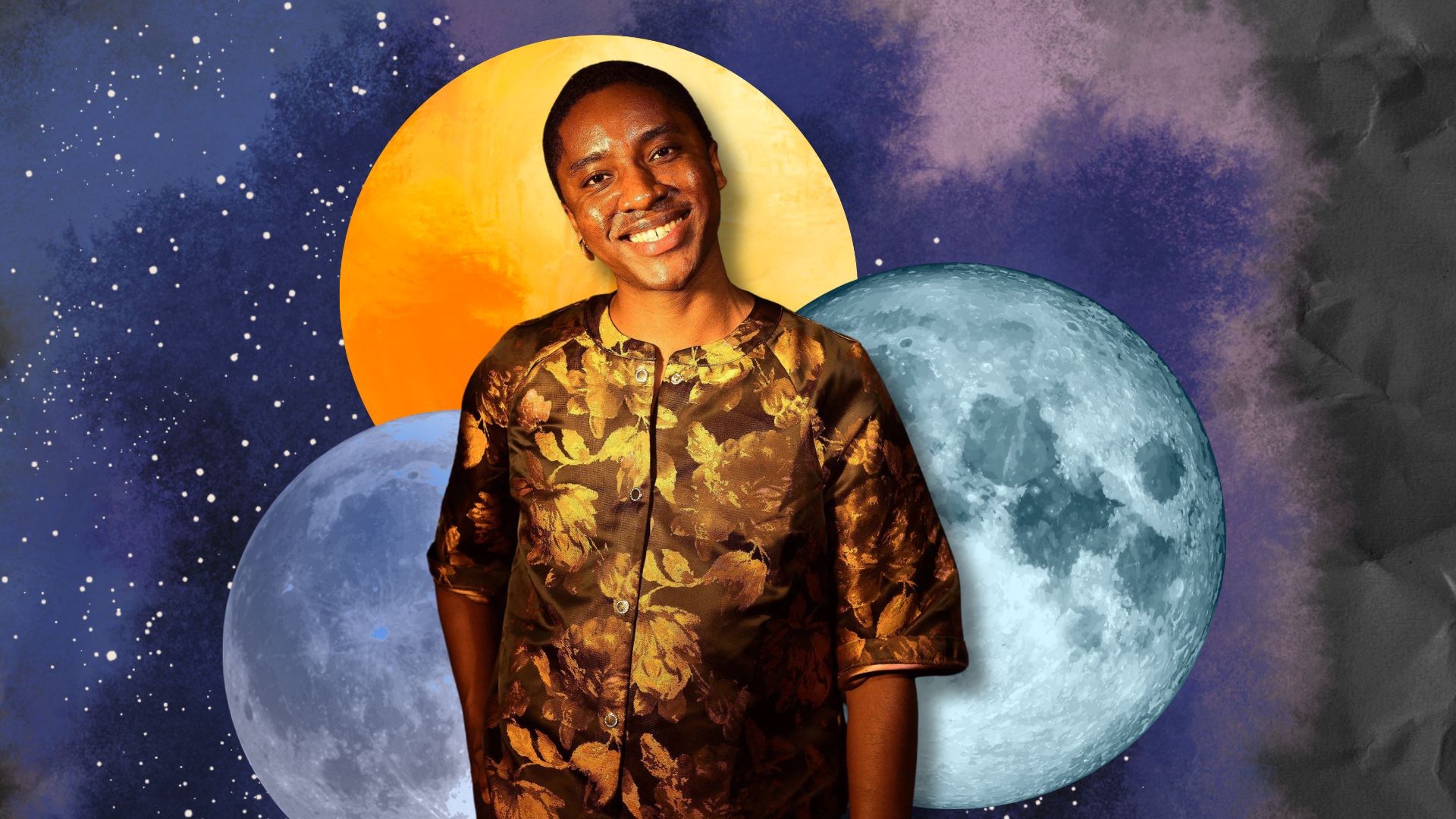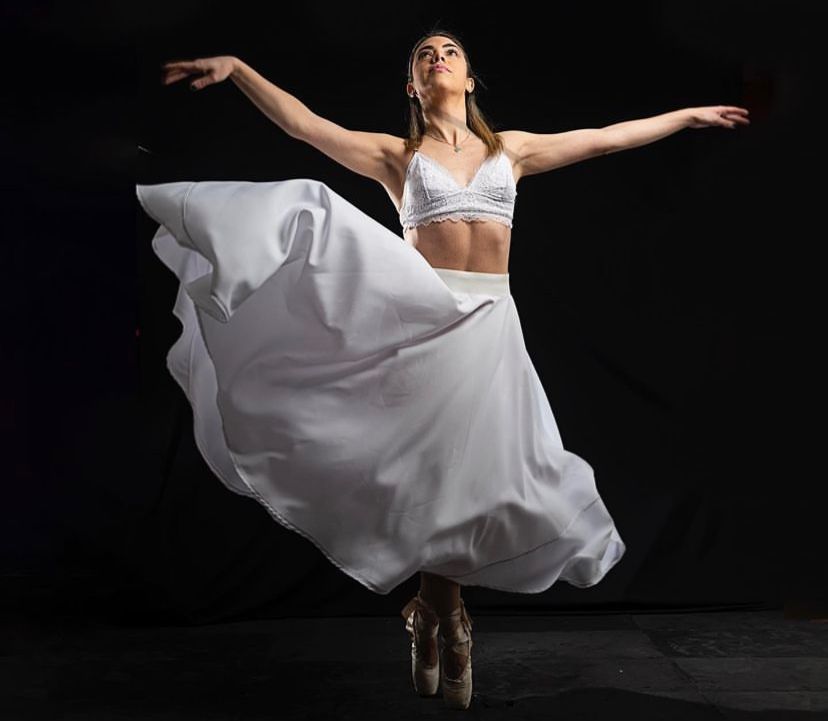Alright – so today we’ve got the honor of introducing you to Mary Negro. We think you’ll enjoy our conversation, we’ve shared it below.
Mary, so great to be with you and I think a lot of folks are going to benefit from hearing your story and lessons and wisdom. Imposter Syndrome is something that we know how words to describe, but it’s something that has held people back forever and so we’re really interested to hear about your story and how you overcame imposter syndrome.
It took time, but as an artist I overcame imposter syndrome through working in the arts as much as possible in my twenties. I came to realize that there is no clear threshold to when a person’s identity transitions from non-artist to artist. There are so many ways to have an art practice and art career. I met artists who spoke of themselves as artists since childhood. I met artists with really impressive skills and resumes who still maintained a lot of self-doubt. Mostly, I met a lot of people who made as much art as they could while balancing other jobs and identities. Crucially, I also met a lot of very generous and supportive artists who encouraged me in my career’s nascent stage. This was hugely beneficial and helped me build confidence. Together, all of this exposure and support allowed me to cast aside imposter syndrome and never look back.

Thanks, so before we move on maybe you can share a bit more about yourself?
I am a visual artist. Years ago I made mostly mixed media collage, but for now my studio practicalities are dictating my focus, and I’m okay with that actually. I prefer to work within limitations or a small number of variables. At the moment I make abstract pencil drawings that for me often evoke landscapes or events in nature. None of my drawings depict a specific place, thing, season, or event. Instead they are open-ended and ambiguous. I’m more interested in developing mood and a dynamic composition than in rendering actual places and objects. Usually when I work I’m thinking about the future, sorting out how I feel about current events, trying to learn a new subject (through podcasts and YouTube mostly) or I’m just trying to empty my brain and ideally not think at all really. I think my drawings reflect this mental space, where I’m sorting through a lot of unknowns and attempting to make sense of numerous, new, or conflicting ideas. I don’t have a predetermined image in mind when I start a piece, just as I don’t know how the events and circumstances I live within will evolve or conclude. But I really enjoy the physical process and the mental exercise of figuring out when a drawing is finished. Overtime I’ve noticed that this typically happens once portions of the drawing feel more like physical light as opposed to paper; when there is a sense of movement or stillness; and when the imagery feels rooted to me in a gravitational way—there’s a sense of the drawing settling toward, or grounded by, the bottom of the paper.
Almost fifteen years into my career, I feel fortunate to have arrived at a style and voice that feels very natural to me, like an extension of myself. I also have a very clear sense of my values and long term goals and how these apply to my art practice. Having such a firm grasp of my process is allowing me to be creative and experiment with new (for me) ways of getting my work out into the world. To this end, I recently started printing limited edition reproductions of my drawings. Obviously artists have made prints for ages, but moving in this direction allows me to take more control over how I share my work and how I derive income from it. It’s no secret that building a career within the commercial gallery system is extremely competitive and inconsistent. And while I would love to exhibit in traditional venues, I also don’t want to over rely on those systems. For a variety of reasons the timing feels right to try new ideas, and the first step was getting set-up to sell prints directly through my website. So I’m very happy to have accomplished that this summer.

Looking back, what do you think were the three qualities, skills, or areas of knowledge that were most impactful in your journey? What advice do you have for folks who are early in their journey in terms of how they can best develop or improve on these?
1. For years I worked at a space with a mission to support emerging artists. There, alongside other artists, I was involved with organizing dozens of exhibitions. Having that behind the scenes insight allows me to take rejections, in whatever form they take, in stride. This is because I understand how art can be good and yet still not a good fit for a particular show or venue. Galleries are often thinking holistically about their entire program—not solely whether they like the work or not. So I definitely encourage artists to organize at least a few shows themselves to get that same perspective and hopefully relieve some stress when rejections roll in. This might sounds counterintuitive, but learning how to depersonalize a rejection and continue with your practice is key for building confidence and resilience in the art world. Rejection is just one totally normal part of an art practice.
2. I enjoy doing the administrative and business oriented work involved with a studio practice. Even when I’m not actively drawing, my mind is still on my art and I get a different perspective when I’m cataloguing my work, updating my website, or doing market research, for example. I actually need this balance because drawing requires a certain kind of stamina I don’t always have. When this happens I can instead apply my time and energy toward these other really important areas and still feel creative and fulfilled. Not all artists think of themselves as small businesses, but doing this work and framing my practice this way has always resonated; it feels like an accurate description of how I spend my studio time.
3. From the very beginning of my career, I always had a strong sense that enjoying art making was a longterm priority, my lodestar. When I first started working in the arts, I purposefully did not attempt a career out of a personal art practice—I didn’t make any art for years actually, and this was okay. Instead I decided to gain as much experience in the contemporary arts as possible. I honestly had no clear sense of what it meant to be an artist, and I worried that trying to professionalize a practice too soon might result in me hating art making. I was also keenly aware that I didn’t understand my personal voice enough to be putting art in front of an audience just yet. I was comfortable with the idea that art might be solely a hobby. The idea of actively pursing an art career grew over time.
I mention this because I think it’s really important to understand your core priorities. I’m open minded and very flexible about how or when I achieve certain goals, because I can always reflect on what is most important to me and adjust my methods to suit those ends. I know if my actions and decisions are oriented toward my priorities (those within my profession and beyond it), I can confidently move forward without fear of failure. I reflexively take a longterm view and think holistically about what I want over the course of my life. When I do that, I see that I’ve already accomplished a lot. This sense of achievement helps motivate me to continue pursuing my goals. Lastly, this perspective also helps me take present day struggles in stride, and helps me avoid negative comparisons to peers. Rather than getting jealous or mad about others’ successes, I am honestly able to be happy for them, celebrate with them, and frame their achievements as an opportunity to me to learn too.

Any advice for folks feeling overwhelmed?
When feeling overwhelmed, I focus on what I can control and recognize when it’s time to ask for help. I prioritize my to-do list, determine what I can do in the moment, think proactively about next steps, and move forward as best as I can, one step at a time. I think it’s really important not to dwell on mistakes or missed opportunities as doing so is unhelpful and counterproductive. Once things settle, I remember that it’s important to be choosey about how I spend my energy to avoid overwhelm in the first place. I used to reflexively say yes to all sort of things, now I’m more thoughtful about where I can commit my time and energy. I’ve also taken the time to reflect and noticed that overstimulation is a major trigger for me. Often, even just a few minutes of quiet will help overwhelming feelings pass.
Contact Info:
- Website: https://marynegro.com
- Instagram: @negromary

Image Credits
Mary Negro
so if you or someone you know deserves recognition please let us know here.




